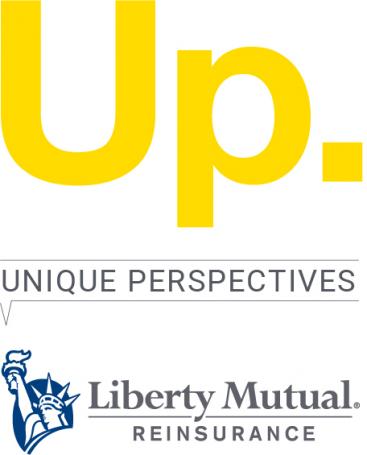In the wake of a global pandemic, rising inflation, the Russia/Ukraine crisis, increased global debt levels, and forecasts of recessions – it’s become clear that this unprecedented and uncertain (re)insurance environment is likely here to stay. And while, particularly since February 2020, the probability of claims in the political risk, credit and surety markets has been high, the reality is very different as frequency of claims remains low
Expectations and watch lists are full of potential fallouts- from sovereign debt piles increasing and then pressure on these debts compounding due to FED rate increases to commodity price rises hindering construction projects globally. The impact from the last few years reaches far and wide, touching governments, corporates and individuals.
So, when considering portfolio management and, in particular, stress testing, the big question now is where to start. There are many well established stress test scenarios in the market, as well as some new ones developed more recently, but do these go far or wide enough?
The most recent example of stress comes from the much-discussed bank failures emerging from the US. The banks were A-rated, invested in long-term US treasury bonds and large (one being the 16th largest bank in the US) – where did the risk of failure fall in the stress testing scenarios of major (re)insurance companies, or even the FDIC? And if regulators and governments couldn’t see the signs, how can (re)insurers be ahead of the curve?
When considering this in the context of a political risk, credit & surety portfolio, we’re closely watching the following topics:
Know your client (KYC)… better
KYC is a concept already well considered within the political risk, credit and surety markets. Knowing your clients’ motivation for purchasing (re)insurance, working with clients who are open with their information and governance practices, and understanding their role within their wider industries are key when underwriting risks. However, KYC becomes even more relevant in times of stress in order to understand how clients are likely to respond to challenges and work to mitigate losses. How well (re)insurers can do this is likely to have a dramatic impact on their success.
Friend becomes foe
While increasing commodity prices, increased investment, and/or economic and political turmoil can provide some opportunities for the market, the sentiment can change quickly. When looking to capitalize on the short-term opportunities, stress testing plays a vital part in understanding how long this approach remains sustainable. The winners of opportunistic plays are careful to understand when to turn the taps off.
Hindsight is a wonderful thing, but is it enough?
While we work in a very established marketplace, our underwriting environment is changing quickly. Some of the norms we have come to expect have passed without having an impact; for example, the well-established US surety cycle of 10-12 years is now onto its 22nd year without significant losses. Considering the headwinds faced by the market over the last few years and the huge changes in landscape, (re)insurers should be considering both cycle expectations and their own assessment of macro-economic conditions.
While these are just a few of many considerations, the question remains, where will the next big shock come from? When stress testing a credit portfolio, each organization will have its own assessment of which headwinds are most likely to cause losses and to what extent. However, the main thing is that underwriting teams have a robust and flexible approach to stress testing and apply it consistently to their underwriting.
As a leading political risk, credit and surety treaty reinsurer, at Liberty Mutual Re, we work alongside our clients to consider how stress testing can enhance portfolio performance and help manage risk.

